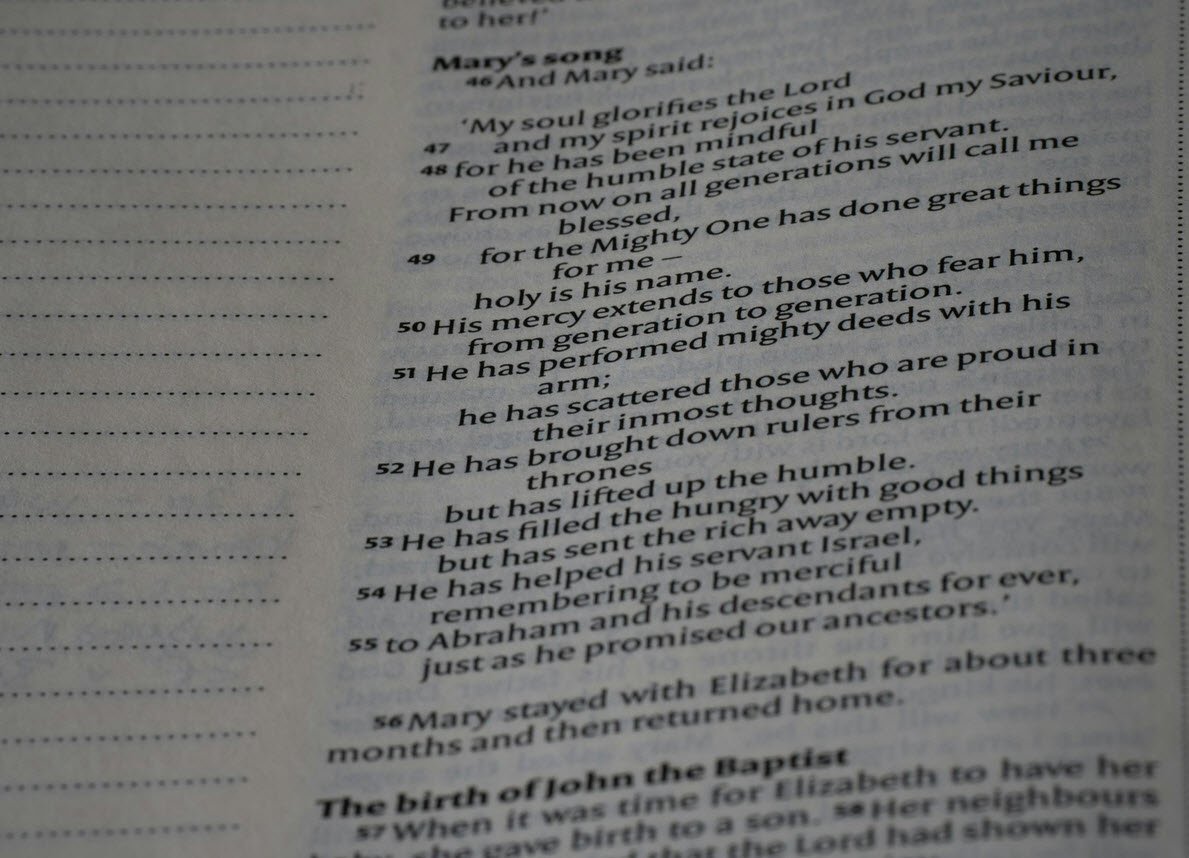
The English language is notorious for its plethora of words that sound similar or look alike but have distinct meanings. These commonly confused words can be a source of confusion for even the most experienced writers and speakers.
In this article, we will shed light on some frequently confused word pairs and clarify their proper usage.
- Through and Thorough
- Accept and Except
- Whether and Weather
- Lose and Loose
- Quiet and Quite
- Complement and Compliment
- Envelop and Envelope
- Precede and Proceed
- Angle and Angel
- Principal and Principle
- Lay and Lie
- Affect and Effect
- Advise and Advice
- Adverse and Averse
- Its and It’s
- Whose and Who’s
- Aloud and Allowed
- E.G. and I.E.
- Than and Then
- Two and Too
- Empathy and Sympathy
- Flour and Flower
- Desert and Dessert
- Toe and Tow
- Smile and Simile
- Flaunt and Flout
- Imply and Infer
- Cloths and Clothes
- A Long and Along
- Beside and Besides
- Stationary and Stationery
Here is an explanation of each of the 31 commonly confused word pairs mentioned:
1. Through and Thorough:
– “Through” refers to movement from one side to the other or completing a task.
– “Thorough” means complete or exhaustive, often describing a detailed examination or understanding.
2. Accept and Except:
– “Accept” means to receive or agree to something.
– “Except” denotes exclusion or leaving out something or someone from a group or category.
3. Whether and Weather:
– “Whether” introduces a choice or expresses doubt between two or more alternatives.
– “Weather” refers to the state of the atmosphere, including temperature, wind, precipitation, etc.
4. Lose and Loose:
– “Lose” means to misplace or fail to keep possession of something.
– “Loose” describes something not tightly held, secured, or fitted.
5. Quiet and Quite:
– “Quiet” signifies a state of calm or absence of noise.
– “Quite” means completely or to a significant extent.
6. Complement and Compliment:
– “Complement” refers to something that completes or enhances another thing.
– “Compliment” denotes an expression of praise, admiration, or respect.
7. Envelop and Envelope:
– “Envelop” means to surround or enclose something completely.
– “Envelope” refers to a flat paper container used for enclosing letters or documents.
8. Precede and Proceed:
– “Precede” means to come before in time, order, or rank.
– “Proceed” signifies to continue or move forward, often implying progress or advancement.
9. Angle and Angel:
– “Angle” refers to a geometric shape formed by two lines meeting at a point or a perspective.
– “Angel” represents a celestial being often depicted as benevolent or divine.
10. Principal and Principle:
– “Principal” can refer to the head of a school or an important sum of money.
– “Principle” denotes a fundamental truth, rule, or guideline.
11. Lay and Lie:
– “Lay” means to put or place something down.
– “Lie” refers to reclining or being in a horizontal position.
12. Affect and Effect:
– “Affect” is usually a verb and means to influence or have an impact on something.
– “Effect” is usually a noun and signifies a result or consequence.
13. Advise and Advice:
– “Advise” is a verb meaning to give counsel or recommend something.
– “Advice” is a noun referring to suggestions or recommendations given to someone.
14. Adverse and Averse:
– “Adverse” describes something unfavorable or harmful.
– “Averse” means having a strong dislike or opposition to something.
15. Its and It’s:
– “Its” is a possessive pronoun indicating belonging to or associated with something.
– “It’s” is a contraction of “it is” or “it has”.
16. Whose and Who’s:
– “Whose” is a possessive pronoun used to ask about ownership or belonging.
– “Who’s” is a contraction of “who is” or “who has”.
17. Aloud and Allowed:
– “Aloud” means to speak audibly or out loud.
– “Allowed” signifies being given permission or authorization to do something.
18. E.G. and I.E.:
– “E.g.” is an abbreviation for the Latin phrase “exempli gratia,” meaning “for example.”
– “I.e.” is an abbreviation for the Latin phrase “id est,” meaning “that is.”
19. Than and Then:
– “Than” is used in comparisons to indicate a difference or preference.
– “Then” refers to a specific time or sequence of events.
20. Two and Too:
– “Two” is the numerical value representing the number 2.
– “Too” means also or excessively.
21. Empathy and Sympathy:
– “Empathy” is the ability to understand and share the feelings of others.
– “Sympathy” refers to feeling pity, compassion, or sorrow for someone’s situation.
22. Flour and Flower:
– “Flour” is a fine powder made by grinding grains, typically used in baking.
– “Flower” refers to the reproductive structure of a plant or a blossom.
23. Desert and Dessert:
– “Desert” can mean a barren, arid land or to abandon or leave.
– “Dessert” refers to a sweet course served at the end of a meal.
24. Toe and Tow:
– “Toe” is the part of the foot at the end of each digit.
– “Tow” means to pull or haul with a rope or chain.
25. Smile and Simile:
– “Smile” is a facial expression indicating happiness or amusement.
– “Simile” is a figure of speech that compares two things using “like” or “as.”
26. Flaunt and Flout:
– “Flaunt” means to display something ostentatiously or proudly.
– “Flout” means to openly disregard or disobey a rule or convention.
27. Imply and Infer:
– “Imply” means to suggest or indicate something indirectly.
– “Infer” means to deduce or conclude something based on evidence or reasoning.
28. Cloths and Clothes:
– “Cloths” refers to pieces of fabric or material used for cleaning or wiping.
– “Clothes” are garments or articles of clothing.
29. A Long and Along:
– “A long” refers to a considerable length or duration of time.
– “Along” means to be in line or accompany someone or something.
30. Beside and Besides:
– “Beside” means next to or by the side of something or someone.
– “Besides” means in addition to or apart from what has been mentioned.
31. Stationary and Stationery:
– “Stationary” describes something that is not moving or fixed in one place.
– “Stationery” refers to writing materials such as paper, pens, and envelopes.
Understanding the distinctions between these commonly confused words can greatly improve communication and prevent misunderstandings.








